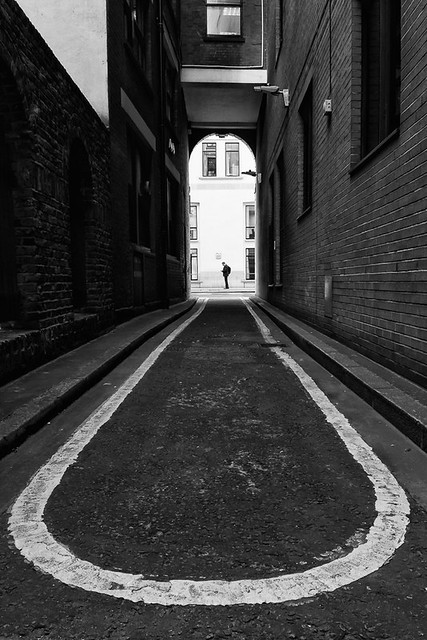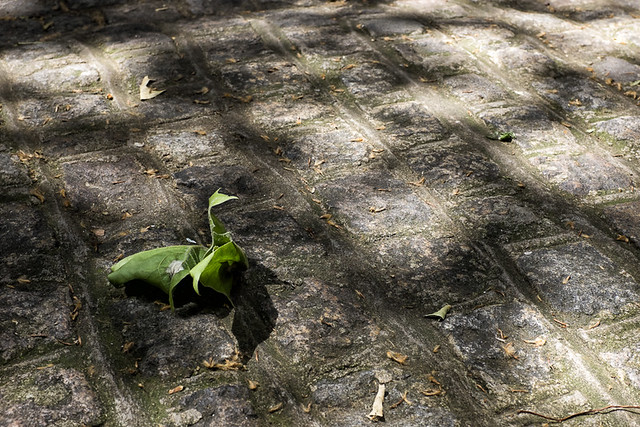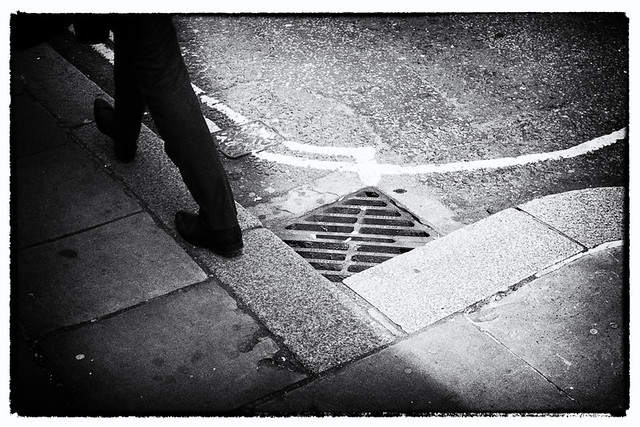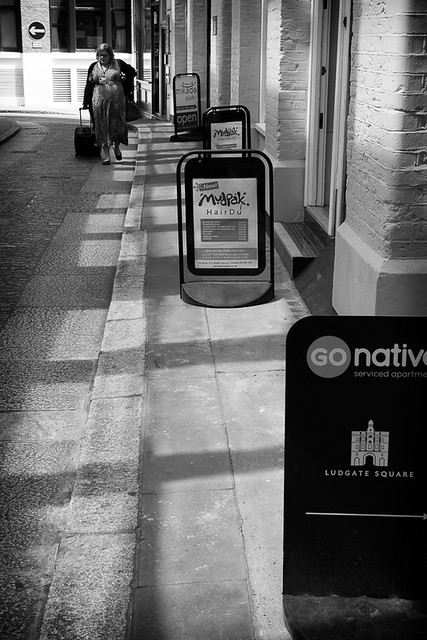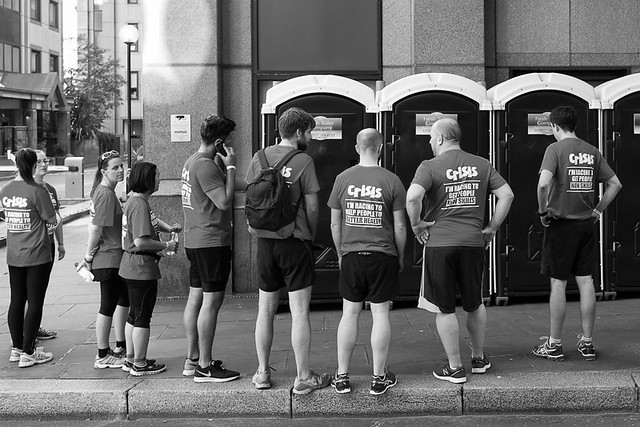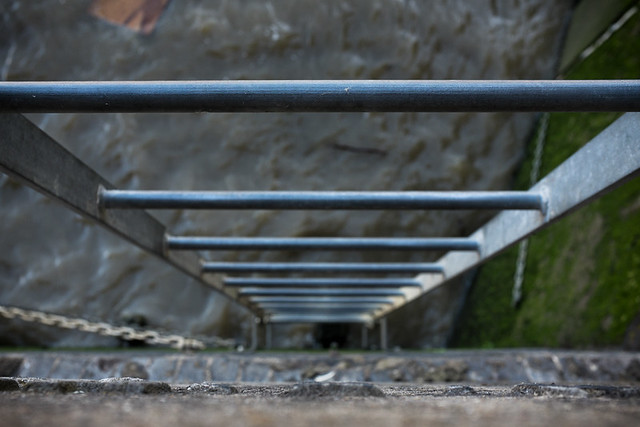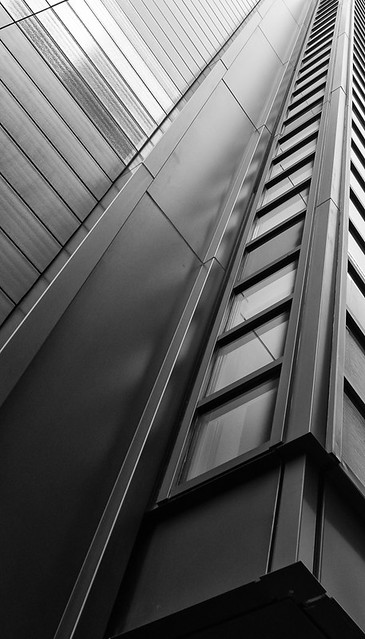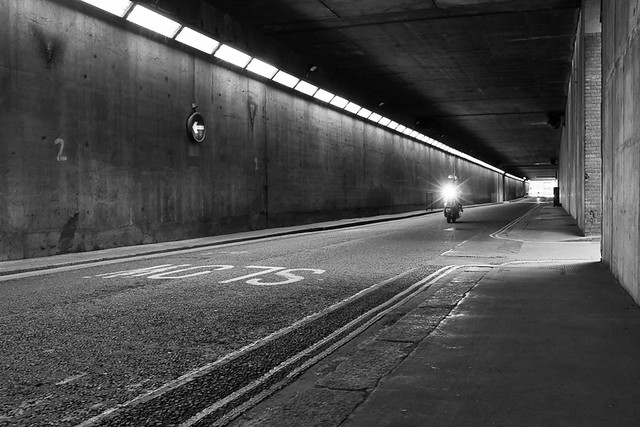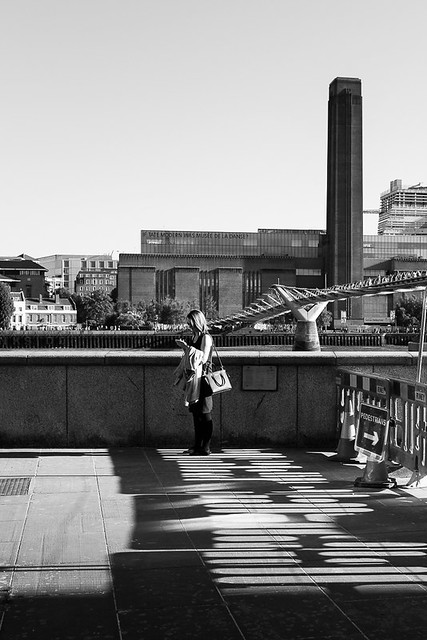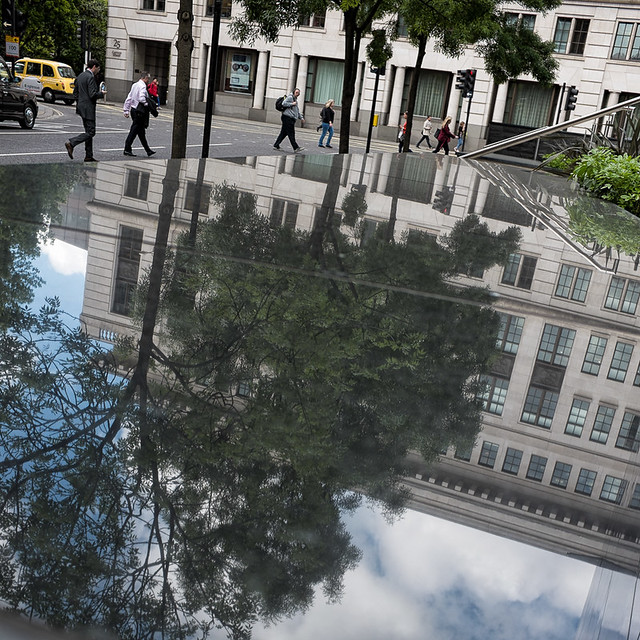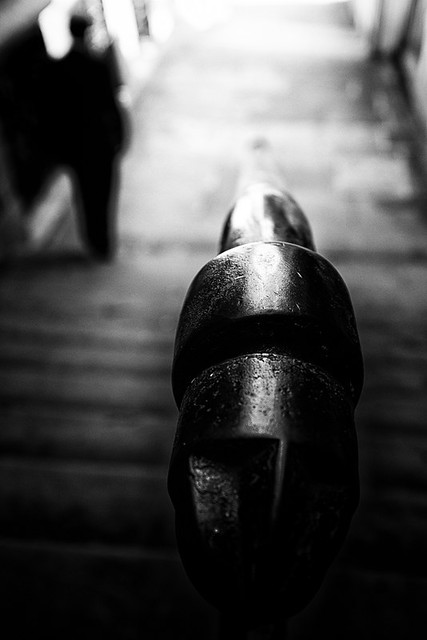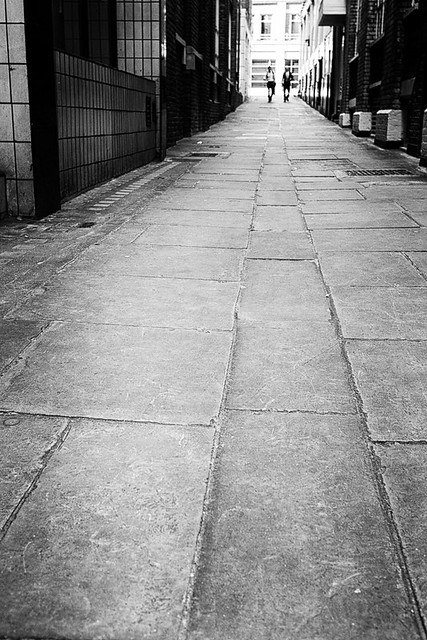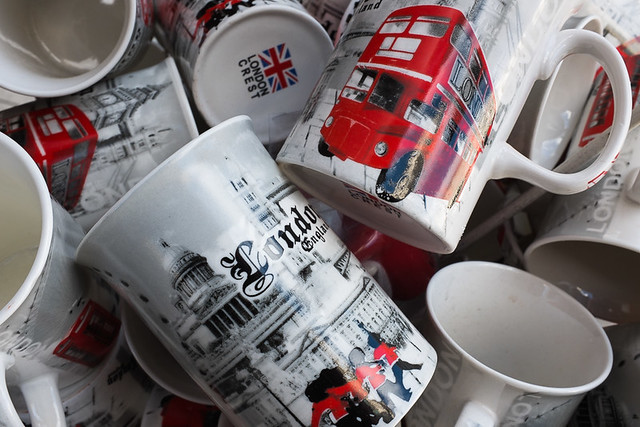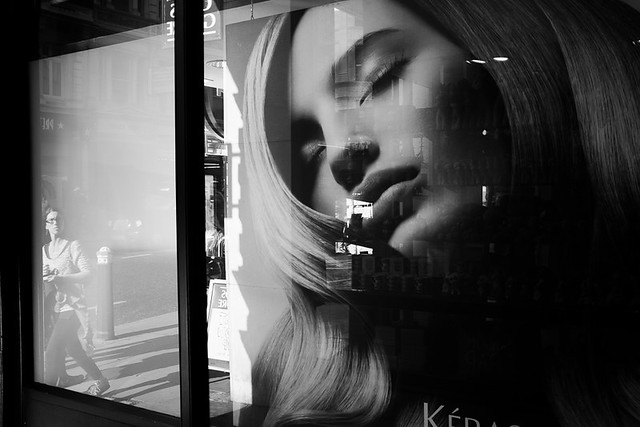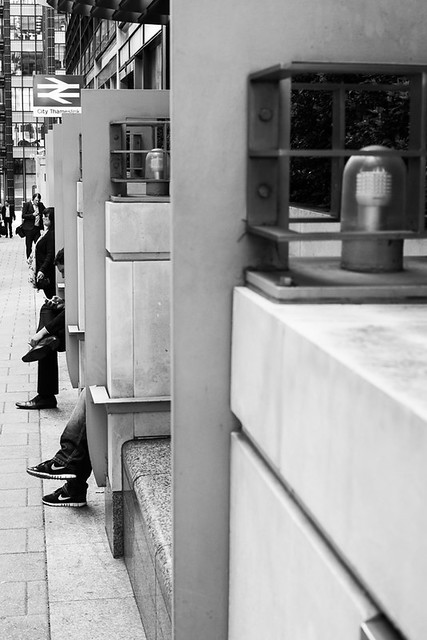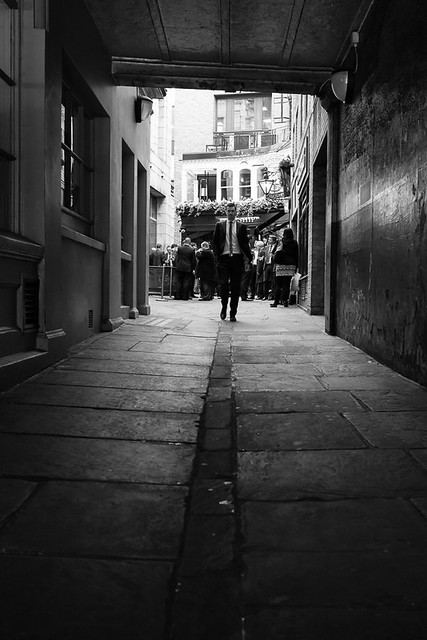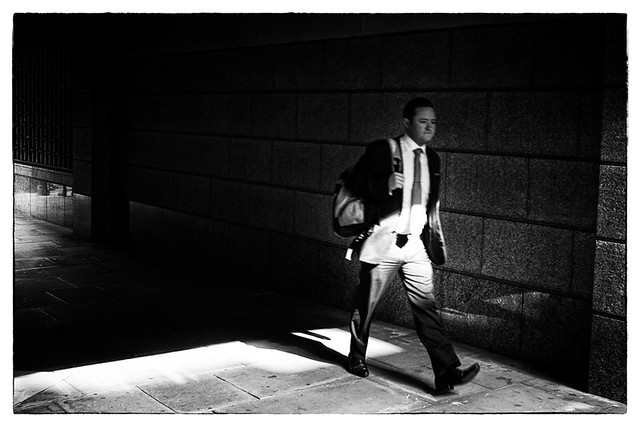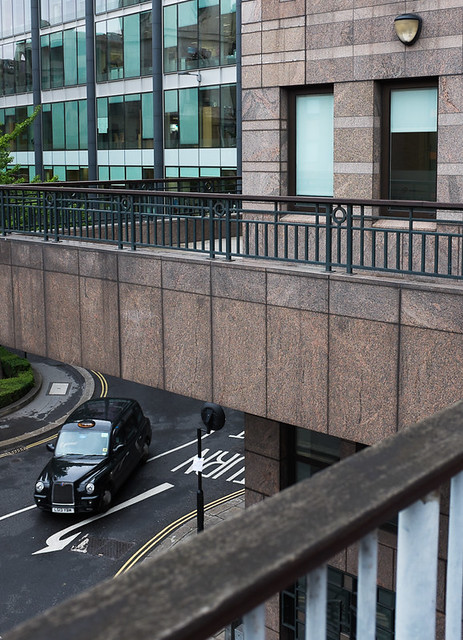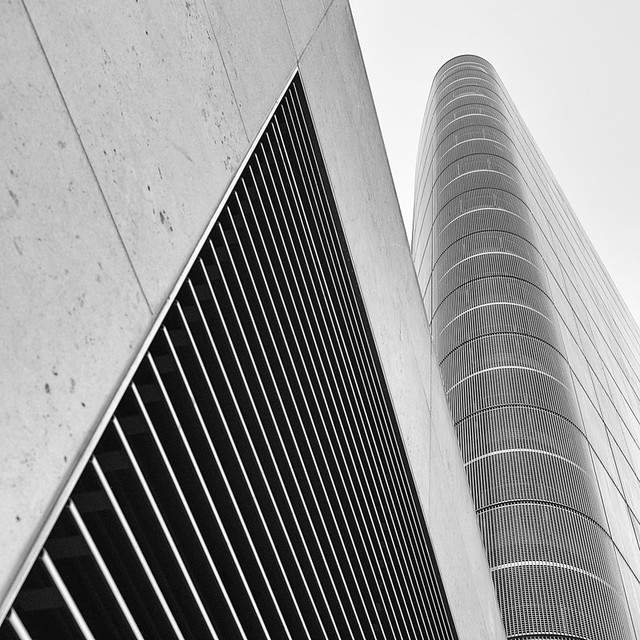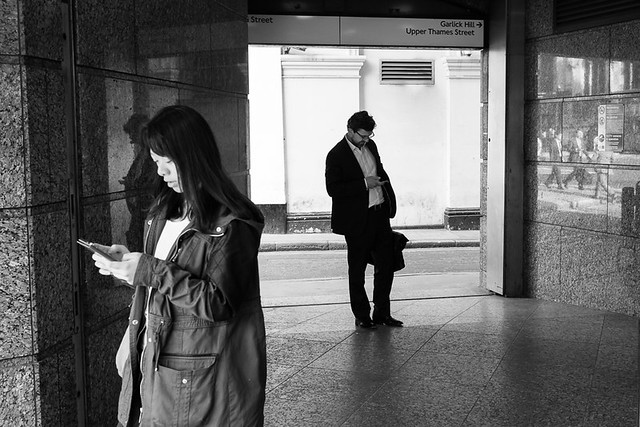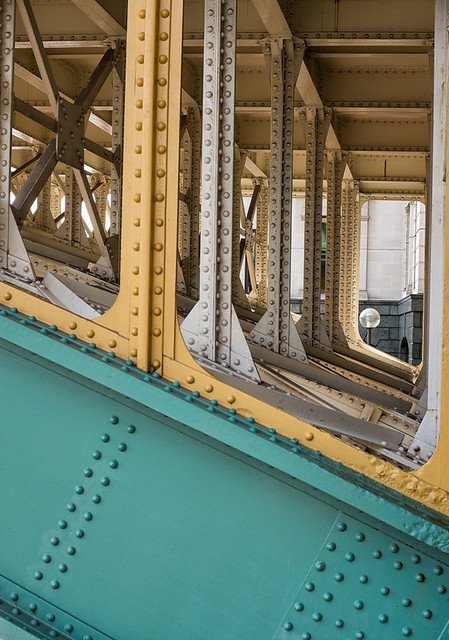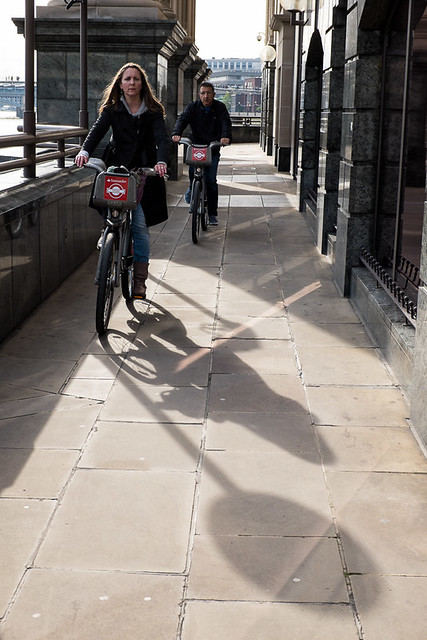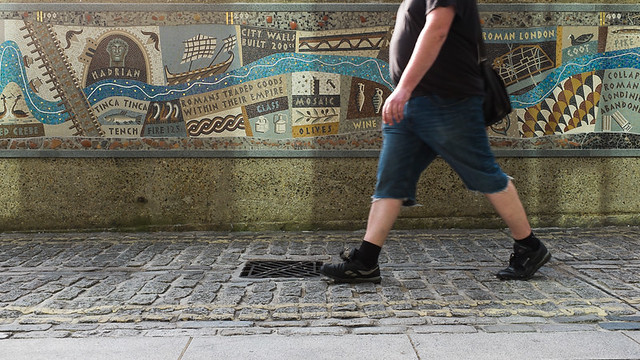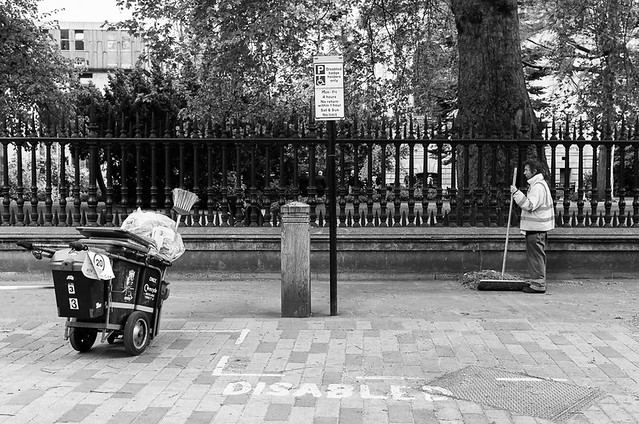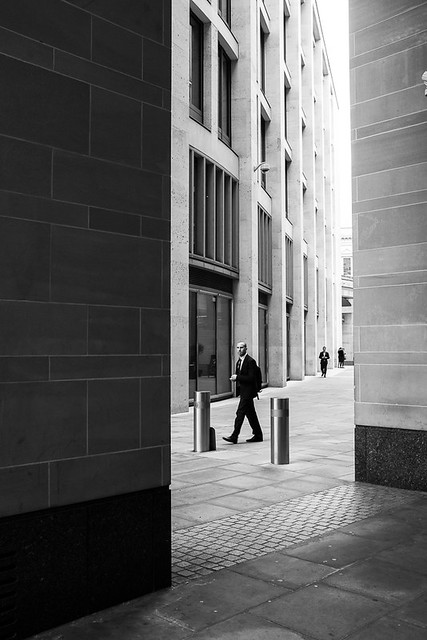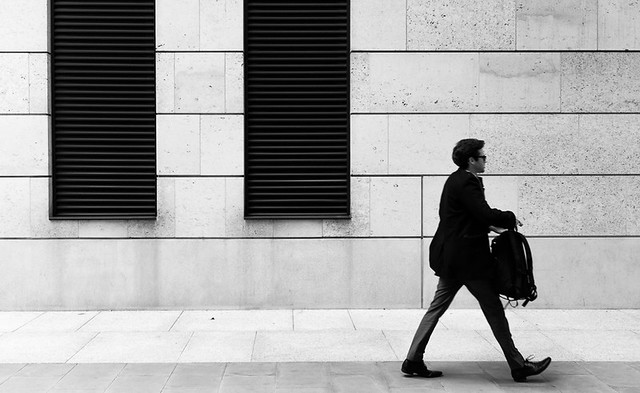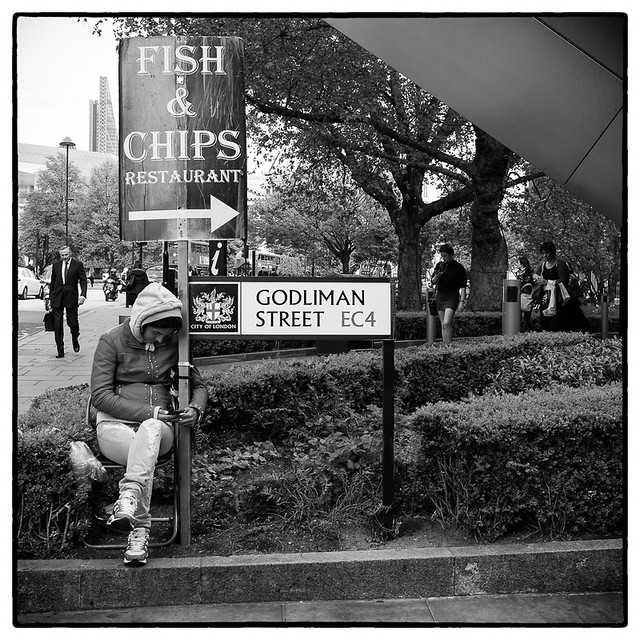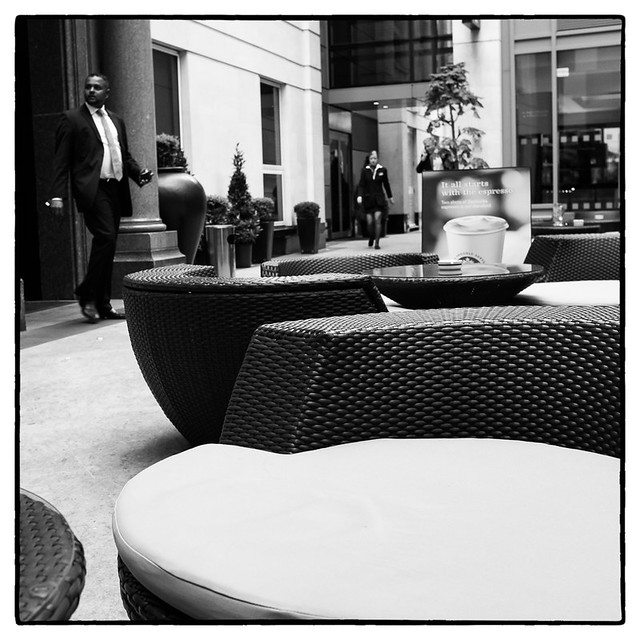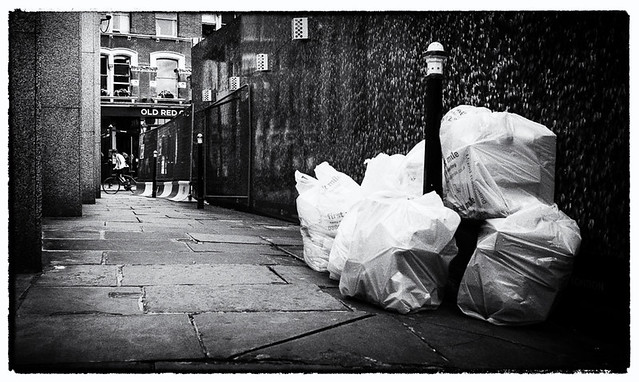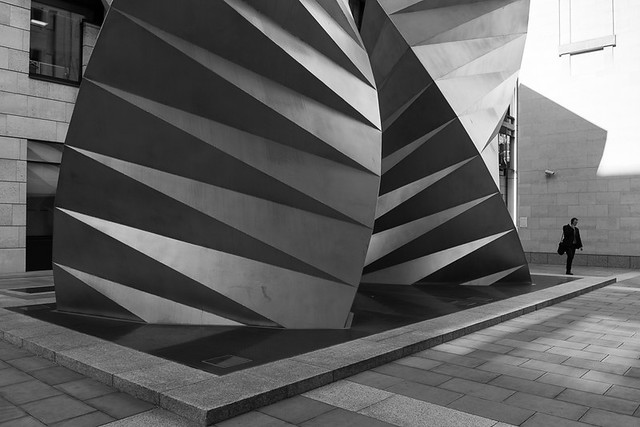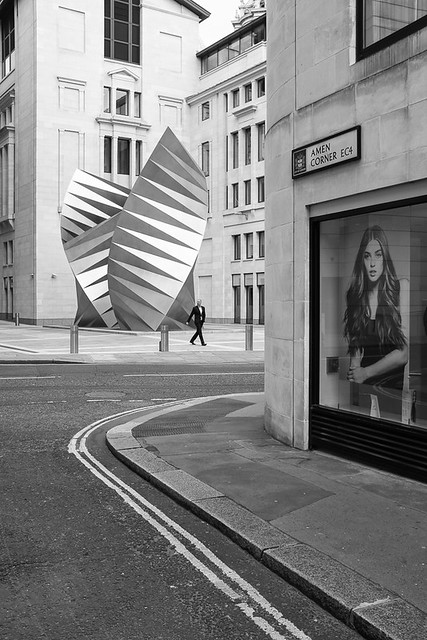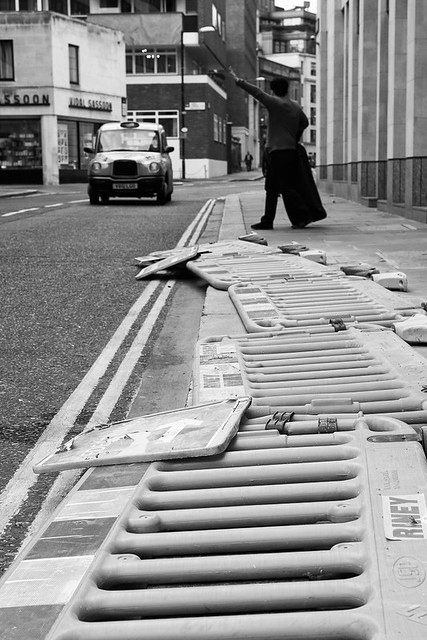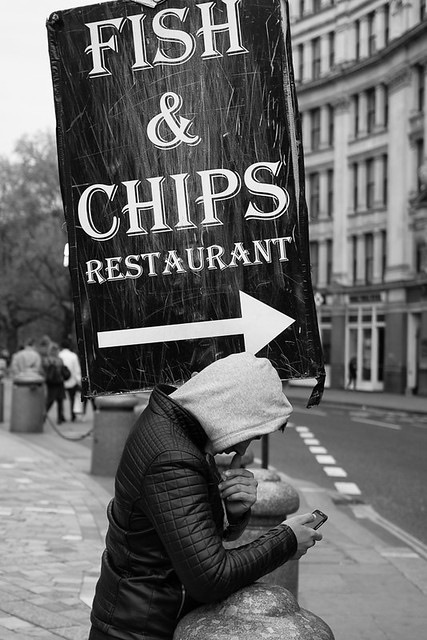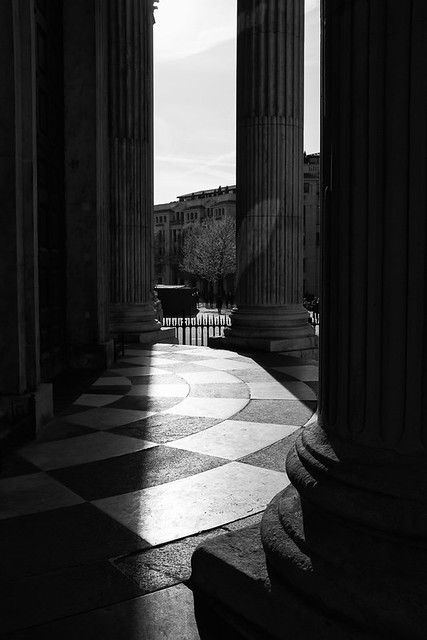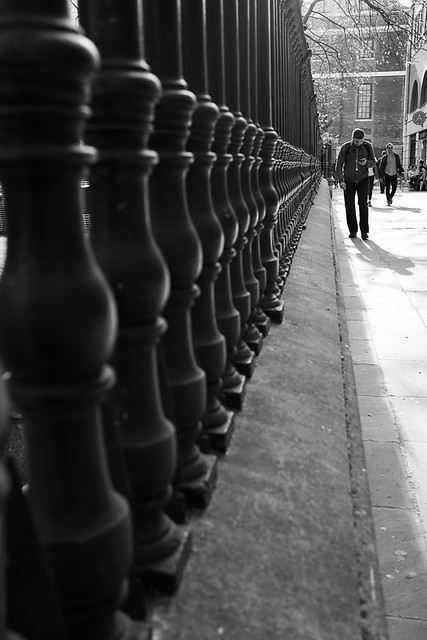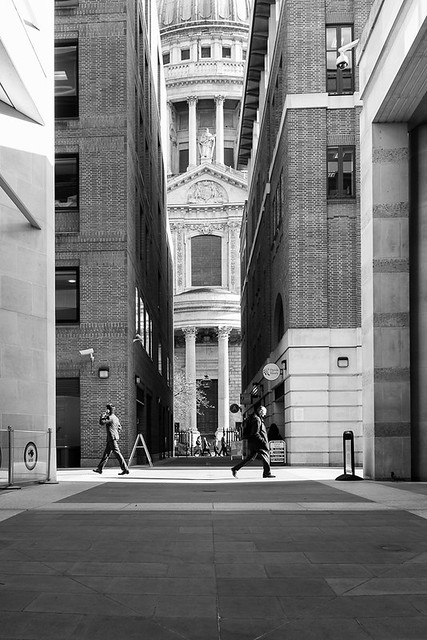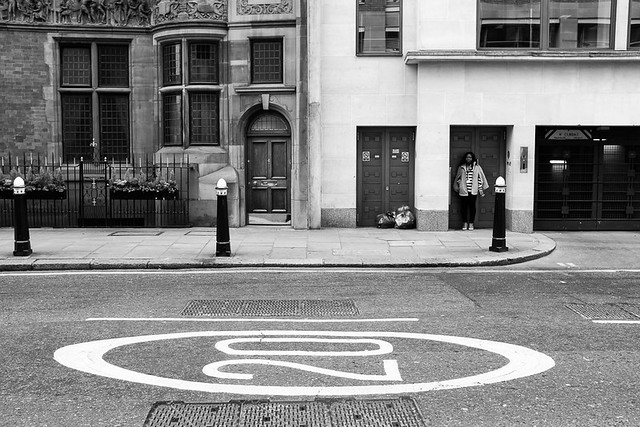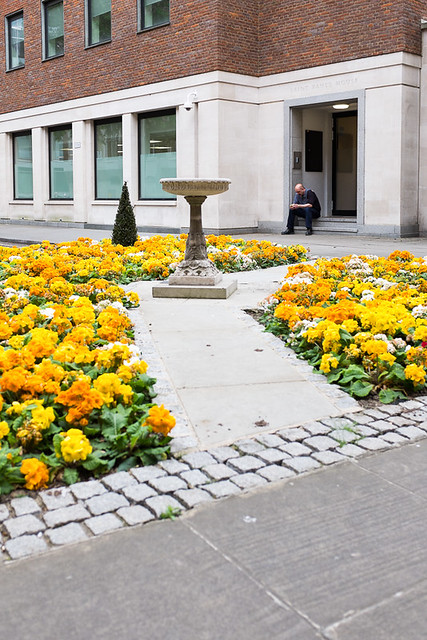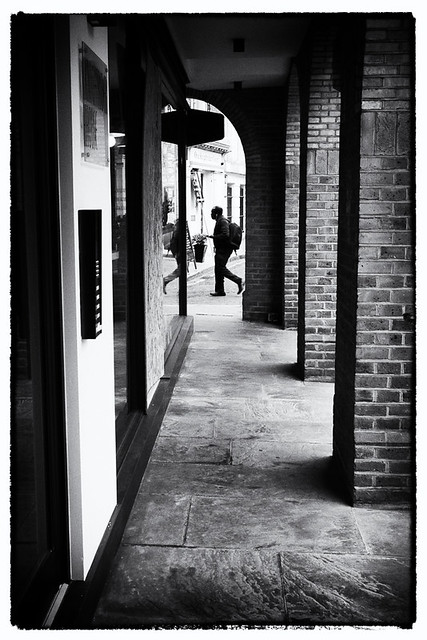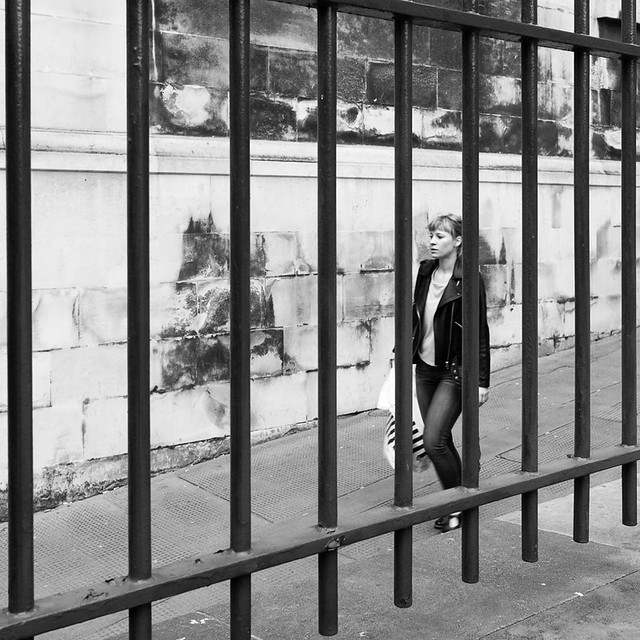Its been a few weeks since I posted and I'm quite a bit behind, so lets get on with it.
This post features covers quite a wide area, but mostly between Monument and Mansion House tube stations and south of these to the river. We are going to jump around a bit though, due to fact that many areas have a few streets dotted around that I still need to photograph.
First up are a couple of street just north near Monument Station. Talbot Court is notably only really for The ship pub, an proper old fashioned pub that existed before the great fire of London, but was destroyed and rebuilt after the fire.
Close by is St. Benet's Place a short alley with only a gym and some offices. I had walked past here many times wondering how to photograph it. I finally got a shot, but not a very good one.
Just east of West of Mansion House is Huggin Hill, a narrow alley running from Queen Victoria Street down to Upper Thames Street. A large portion of it was under cover due to construction work, which limited options somewhat.
A bit further along Queen Victoria Street is Lambeth Hill which snakes down towards Castle Baynard Stretet and Upper Thames Street. This shot was taken from a footbridge looking down onto the bottom of the "hill".
Jumping back over the other side of Cannon Street station now and in between Cannon Street and Upper Thames Street - Laurence Pountney Hill.
Close by and also off Cannon Street is Bush Lane of which there isn't really much to say or photograph.
The other (west) side of Cannon Street now, and to Cloak Lane. This street is named after the Latin word 'cloaca' which basically means sewer or drain, so I will leave it for you to imagine what this street may have been like in days gone by.
Runing down the side of Mansion House Station is Garlick Hill. At the bottom of Garlick Hill is
St. James Garlickhythe church. As stated in that link, the word Garlickhythe refers to a landing place or "hythe" near where garlic was sold in medieval times. Fascinating. The shot below was taken at the top of the hill at the entrance to the tube station.
Crossing upper Thames street now towards the river is Allhallows Lane, another street that I had been down several times but was lacking in any inspiration. there is not a lot down here really, but of notee is a bar called the The Loose Cannon which is in a grade 2 listed building below the Cannon Bridge.
Walking along the river and under Cannon Street, the Thames footpath turns into Walbrook Wharf. The wharf is operational and freight is loaded onto barges here, at which times this section of the footpath is closed whilst the freight is carried over the pathway.
I have commented in a previous blog post about how the Thames footpath changes name frequently and rather annoying. Just along from here it turns into Three Cranes Walk. The picture below is the underside of Southwark Bridge.
On the other side of the bridge the footpath changes name again, this time to Three Barrels Walk.
The footpath then turns away from the river, but changes name again to Queenhithe. Queenhithe is small and very old ward of the city, the name of which derives from the "Queen's' Dock". The dock in question still exists but is no longer in use, but has been designated a
Scheduled Ancient Monument. Running along the path is a 30m long mosaic which depicts the history and people that built and lived in the area. Part of the mosiac can be seen in the final image of this post below.
